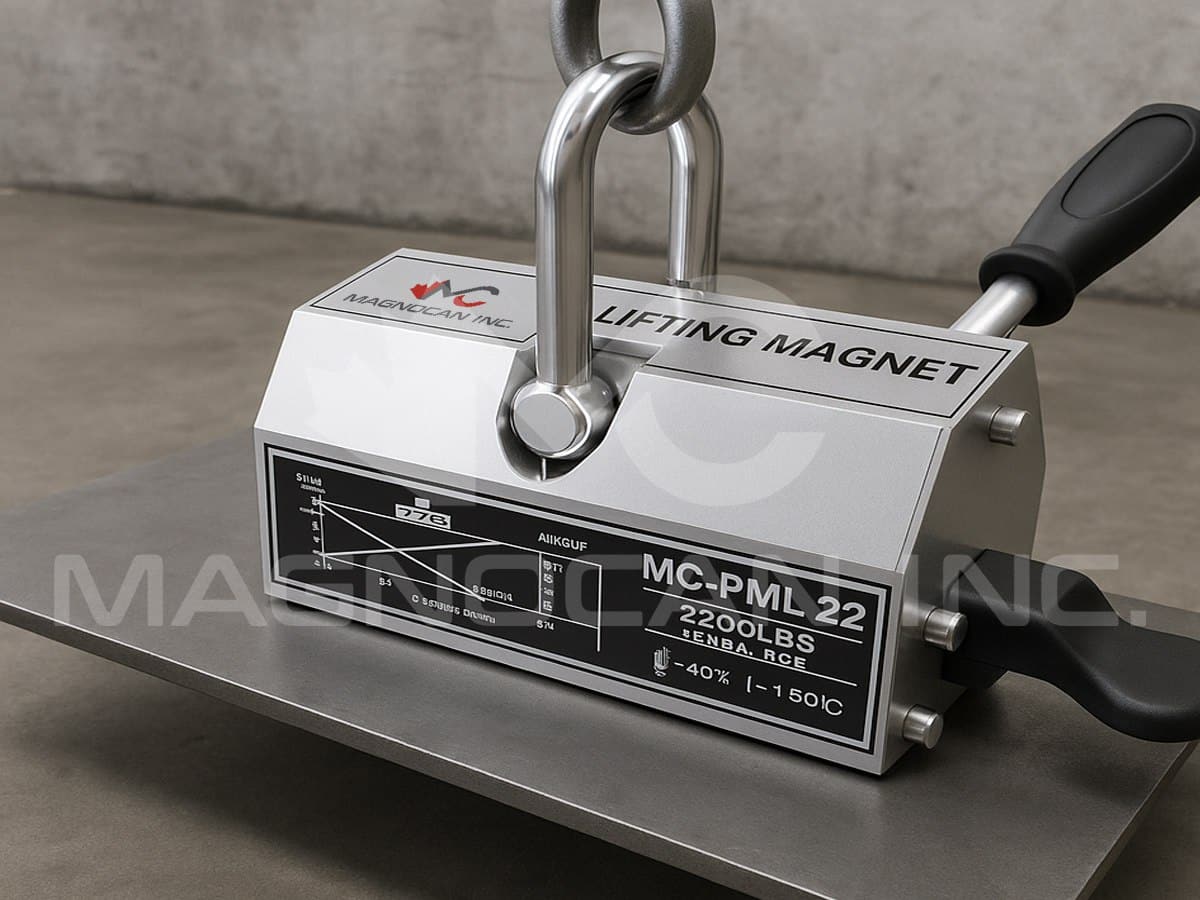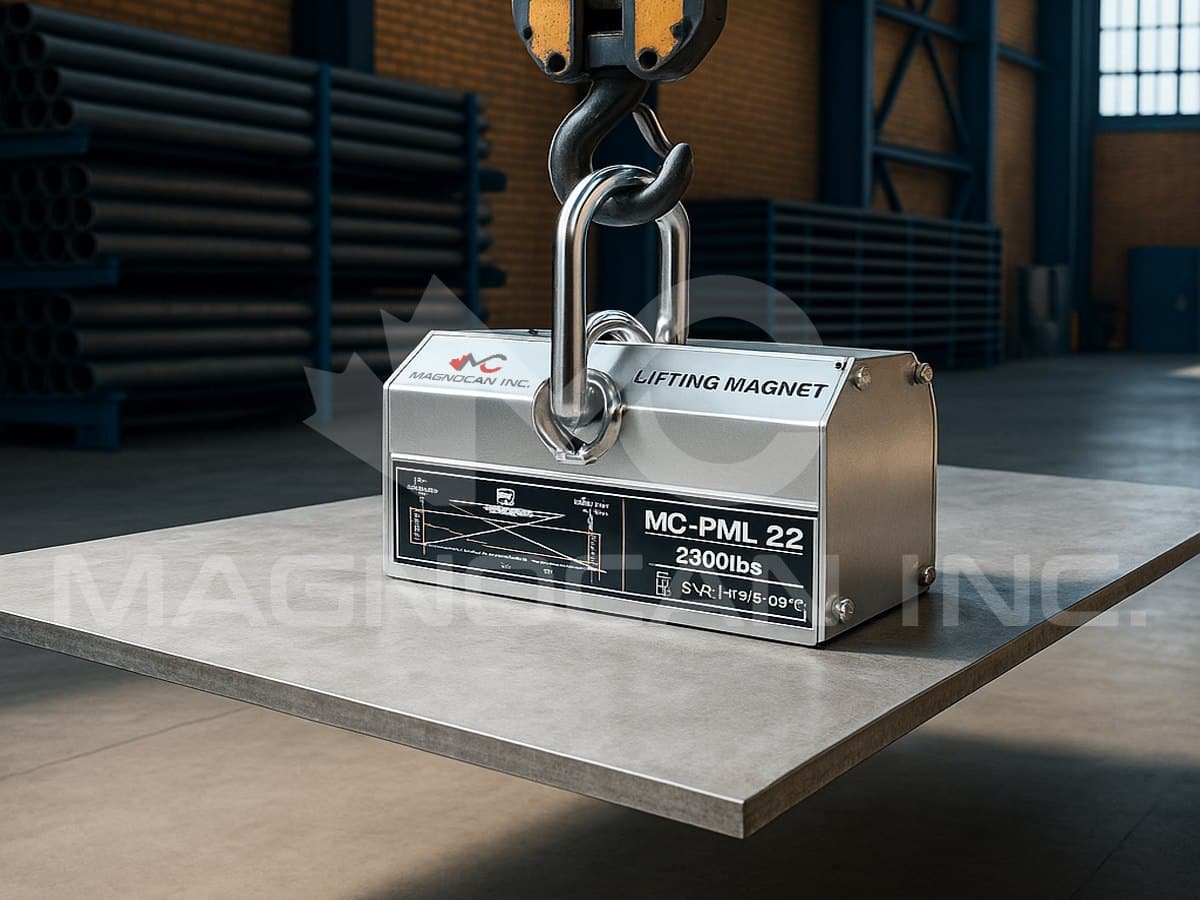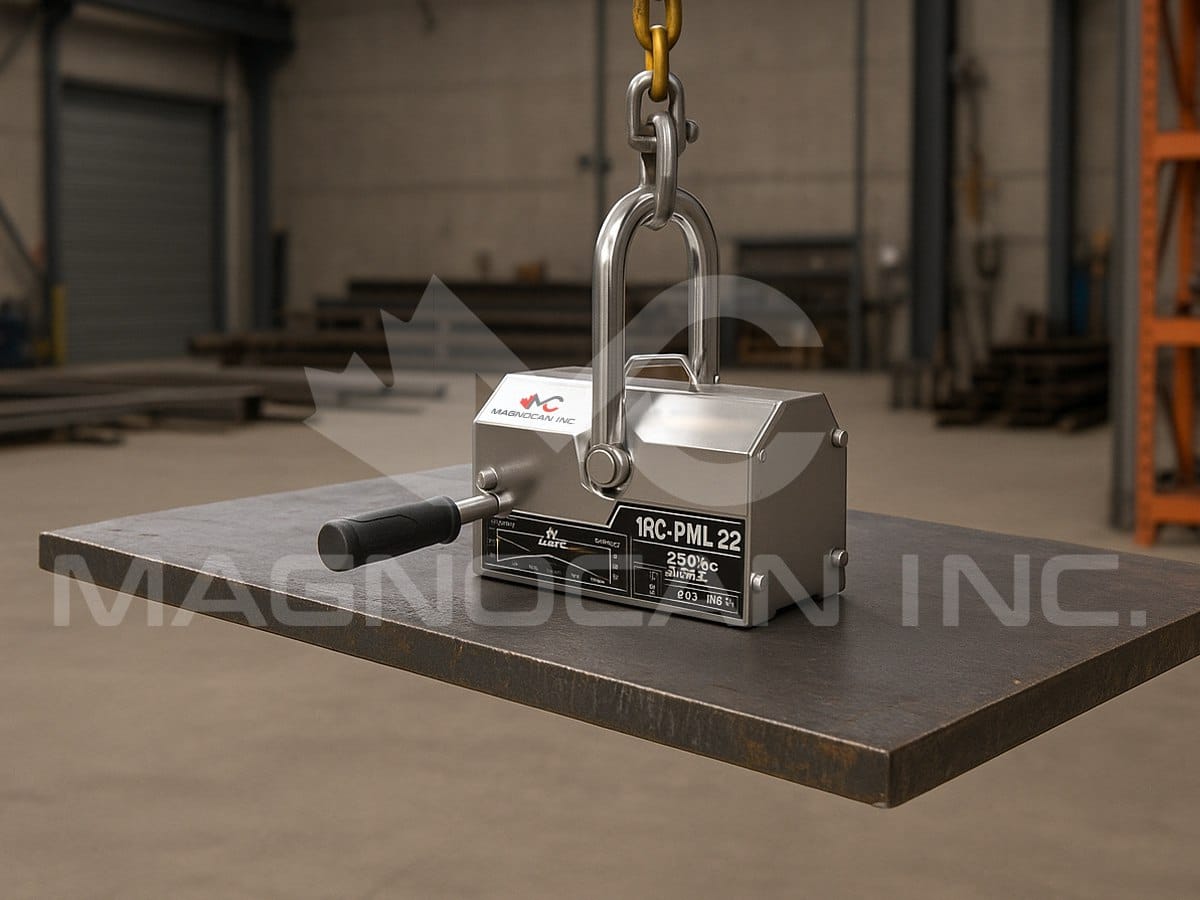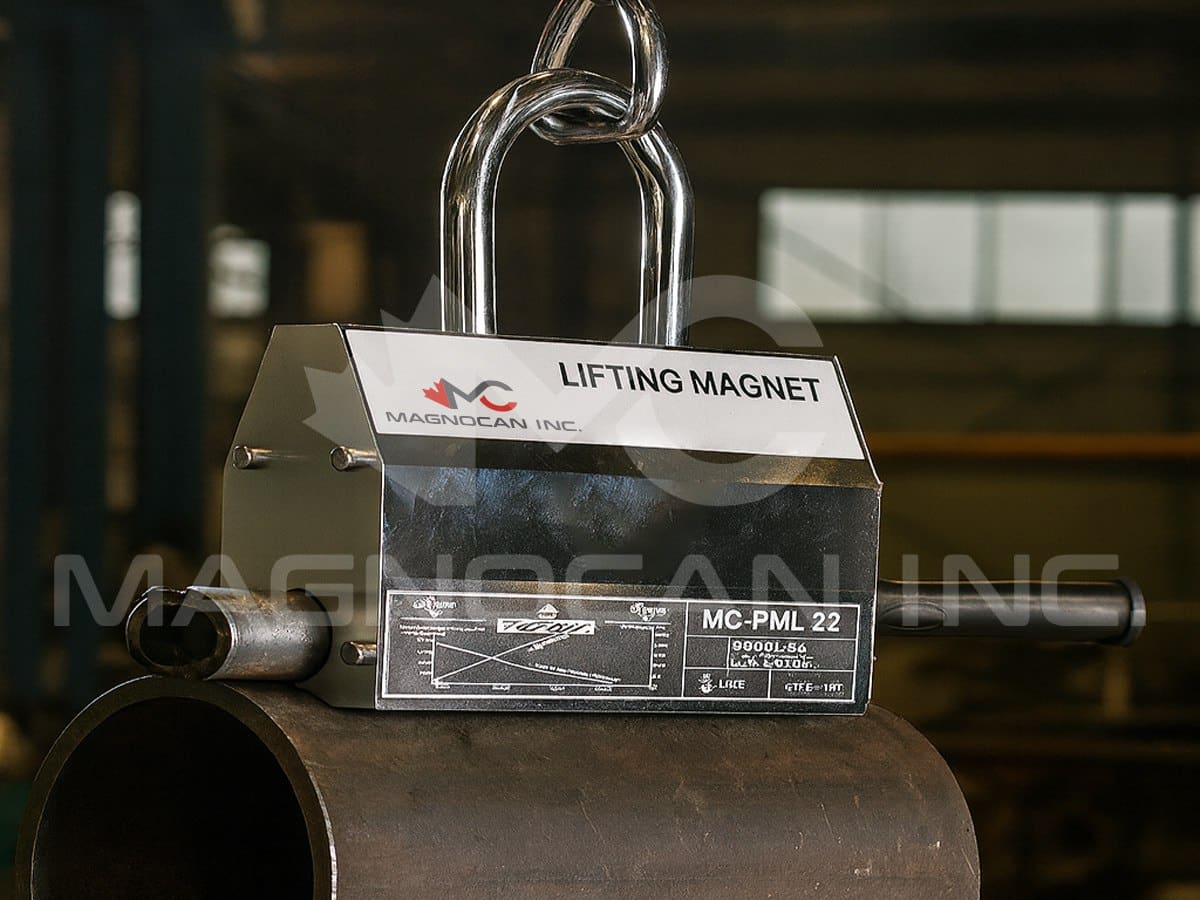Introduction
In the world of industrial operations, efficiency, safety, and productivity are three non-negotiable elements. Whether you are managing a steel fabrication shop, a warehouse, or a heavy manufacturing plant, material handling plays a critical role in your success. Among the many tools used to move and manage heavy loads, lifting magnets stand out as one of the most efficient and reliable options.
Choosing the right lifting magnet in Canada for your industrial project is not just about picking a tool that “works.” It requires a thoughtful evaluation of your project’s requirements, safety standards, and the specific conditions under which the magnet will be used. In Canada, where industries must comply with rigorous CSA and ASME standards, the selection process becomes even more important.
This guide will help you understand what lifting magnets are, the types available, key factors to consider, and how to make the right choice for your project.
Understanding Lifting Magnets

What Is a Lifting Magnet?
A lifting magnet is a device designed to lift, transport, and hold ferrous metal objects safely and efficiently. Instead of relying on slings, hooks, or clamps, magnets offer a quick and reliable grip. They are widely used in industries like steel production, shipbuilding, automotive manufacturing, and construction.
The principle is simple: the magnet generates a strong magnetic field that attracts and holds ferrous metals such as iron, steel, or cast iron. Once the lifting operation is complete, the magnet can release the load instantly (in the case of electromagnets) or manually (for permanent magnets).
Types of Lifting Magnets
- Permanent Lifting Magnets
Permanent magnets use strong rare-earth materials to create a consistent magnetic field. They do not require electricity, making them energy-efficient and reliable even in power-outage scenarios. However, they typically have lower lifting capacities compared to electromagnets.
- Electromagnetic Lifting Magnets
These magnets generate magnetic force when powered by electricity. They can lift extremely heavy loads and are often used in large-scale industrial environments. The downside is their dependency on a power source; if the power fails, the load can drop unless a backup battery is installed.
- Battery-Powered and Portable Lifting Magnets
Portable magnets combine convenience with flexibility. They are ideal for smaller shops and mobile applications where maneuverability is key. Many models come with rechargeable batteries and safety interlocks to prevent accidental load release.
Key Factors to Consider When Choosing a Lifting Magnet
- Load Capacity
- The first step in choosing the right lifting magnet is determining the maximum load you plan to lift. Always select a magnet with a capacity higher than your heaviest load to ensure safety. For instance, if your heaviest steel plate weighs 1,000 kg, a magnet rated for at least 1,500 kg would be advisable.
- Material Type and Surface Condition
- Magnets work best on flat, smooth surfaces. If your materials are round, irregularly shaped, or coated with rust, paint, or oil, the magnet’s effectiveness will decrease. In such cases, you may need specialized lifting magnets designed for rough or cylindrical surfaces.
- Working Environment
- The Canadian climate poses unique challenges. Outdoor projects in harsh winters or humid environments can impact the performance of lifting magnets. Electromagnets may require enclosures to protect against snow, ice, or dust. Always ensure that the chosen magnet can operate effectively within the temperature and environmental conditions of your project.
- Safety Standards and Certifications
In Canada, safety compliance is essential. Look for magnets that meet CSA (Canadian Standards Association) requirements and ASME B30.20 safety standards. ISO certifications are also a plus, as they indicate adherence to international quality benchmarks.
.Top lifting Magnet Brands in Canada
Magnocan Inc. is a proudly Canadian manufacturer with more than 20 years of experience delivering advanced magnetic solutions to a wide range of industries, including mining, agriculture, recycling, and construction materials. The company has built a strong reputation for providing reliable and innovative magnetic separation and lifting equipment tailored to Canadian market needs.
Magnocan specializes in high-performance magnetic separation equipment, such as:
- Chute Magnet (Deep Reach) – Designed for removing ferrous contaminants from material flows in bulk handling systems.
- Self-Cleaning Overband Separator – Ideal for continuous operation, automatically removing unwanted ferrous metals without interrupting production.
- Magnetic Roller Separators – Efficient solutions for separating fine ferrous particles in high-capacity processing lines.
- Magnetic Separator Rods – Compact and versatile rods for integration into filters and hoppers.
- Permanent Magnetic Plates – Rugged, durable plates suitable for harsh industrial environments.
Beyond its product range, Magnocan is well-known for its commitment to quality and customer service. Each product is built with durable materials, user-friendly designs, and optimized for the specific demands of Canadian industries. The company also enhances customer experience by offering:
- Free consultation to help businesses select the right equipment.
- Professional installation services ensuring proper setup and safe operation.
- Comprehensive warranty coverage (one-year standard).
- Ongoing after-sales support to maximize equipment life and performance.
Price vs. Quality
While budget constraints are always a consideration, cutting costs on lifting magnets can lead to safety hazards and long-term inefficiencies. A cheaper magnet may fail under stress or lack the certifications needed for Canadian industries. Investing in a higher-quality magnet often translates into fewer breakdowns, safer operations, and better overall ROI.
Maintenance and Safety Practices
Before each use, conduct a safety check:
- Inspect the magnet’s surface for cracks or wear.
- Test the on/off mechanism (for permanent magnets).
- Ensure that cables, batteries, or power sources are intact.
- Regular Maintenance
Schedule regular inspections according to manufacturer guidelines. Electromagnets may require more frequent checks due to electrical components, while permanent magnets usually need surface cleaning and occasional recalibration.
Operator Training
Even the best magnet is unsafe in untrained hands. Ensure operators are trained to understand weight limits, safety procedures, and emergency protocols. Many Canadian suppliers also offer training courses and certifications.
Conclusion
Selecting the right lifting magnet for your industrial project is a multi-step process that requires careful evaluation of load requirements, material types, environmental conditions, and compliance with Canadian safety standards. By choosing a reliable supplier and maintaining strict safety practices, you not only improve efficiency but also protect your workforce and assets.
With over 20 years of expertise, Magnocan Inc. stands out as a Canadian leader in magnetic lifting and separation solutions. Their durable, user-friendly, and industry-optimized products—backed by consultation, installation, and strong after-sales support—make them a preferred choice for businesses looking to combine safety with performance.
By carefully evaluating your needs and working with reputable suppliers, you can ensure that your next project not only meets operational goals but also sets a new benchmark for safety and efficiency in Canadian industry.





